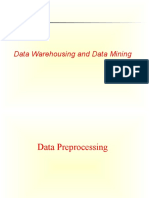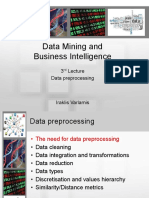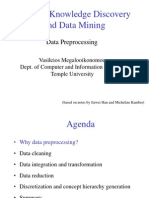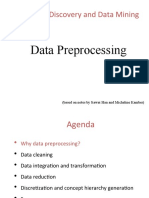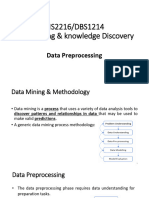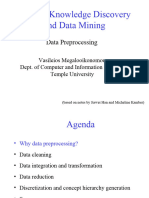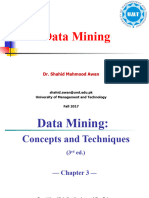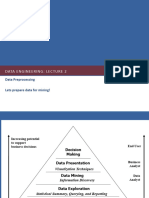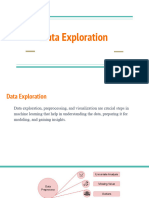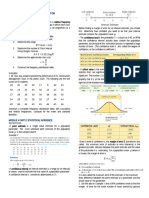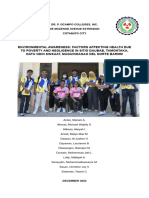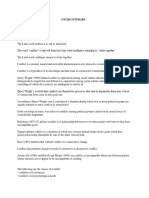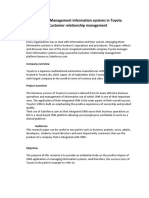0% found this document useful (0 votes)
7 views31 pagesModule 2 Data Preprocessing
Uploaded by
vishal.patilCopyright
© © All Rights Reserved
We take content rights seriously. If you suspect this is your content, claim it here.
Available Formats
Download as PPTX, PDF, TXT or read online on Scribd
0% found this document useful (0 votes)
7 views31 pagesModule 2 Data Preprocessing
Uploaded by
vishal.patilCopyright
© © All Rights Reserved
We take content rights seriously. If you suspect this is your content, claim it here.
Available Formats
Download as PPTX, PDF, TXT or read online on Scribd
/ 31







